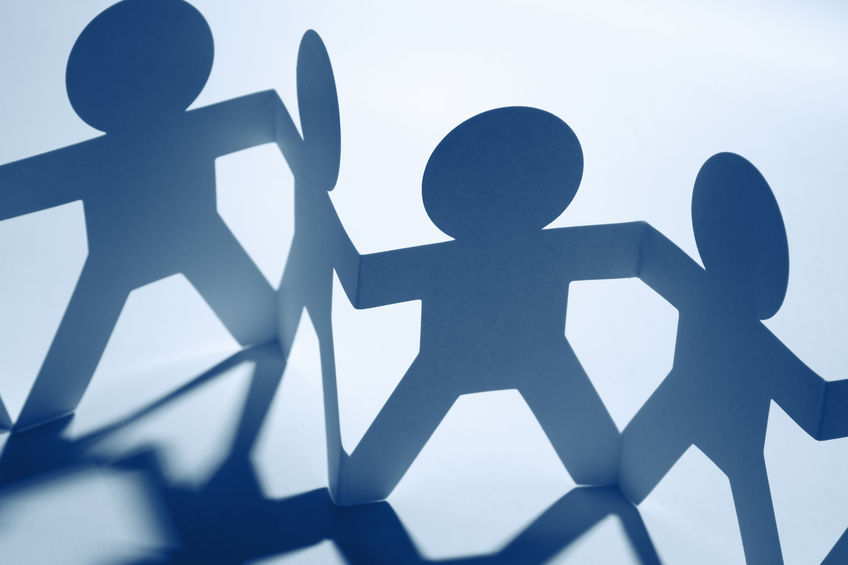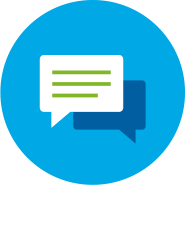
Psychological Health: Detection and Intervention
What are the main signs that can be indicative of a problem at work? First, pay attention to changes in attitude and behaviour. Punctual people being uncharacteristically late, people who are usually smiling seeming abnormally down, people who are no longer able to meet deadlines… Performance issues may also be noticeable (ex.: difficulty focusing or learning new concepts, etc.). There may be relationship difficulties such as impatience, anger, conflict… A messy workstation or outfit could also be signs. Lastly, bouts of anxiety, making excuses, taking unnecessary risks and suicidal thoughts should raise flags. However, do not assume that someone exhibiting one or more of these signs means there is a necessarily problem! Therefore, the person should be approached in order to confirm whether he or she needs help.
But how to approach a colleague? That is a common question for many people.
The most important step is to prepare. Take the time to observe the person and note the signs you are concerned about (such as unusual tardiness or impatience). That will allow you to preface statements with “I” and show that you care.
Next, decide on the best time and place to meet that person. Public places should be avoided as it may be difficult to discuss more intimate topics openly. It is also necessary to plan enough time to discuss without interruptions (no answering the phone or e-mails during the discussion).
During the meeting, first share your observations (preface statements with “I”) and your concerns. Then, let the person express themselves. They are often surprised and may need time to think before answering. Do not pretend to be experts; if you confirm that there is a problem, share with them available help resources and encourage them to go. Afterwards, you can also discuss possible accommodations (ex.: day off, holidays, etc.) depending on the constraints of your environment.
At the end of the meeting, it is recommended to schedule a follow-up interview and make sure the situation improves.
For more information on services offered by the 3S&E Network, please visit our website: https://reseau3se.org/




Réseau de professionnels et de gestionnaires
en santé, sécurité, société et environnement (SSSE)
Recent Comments